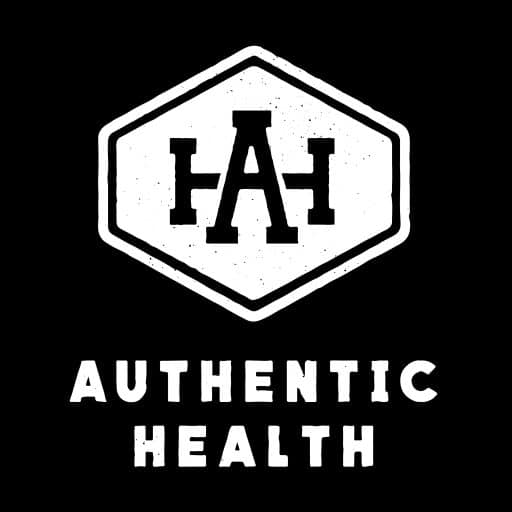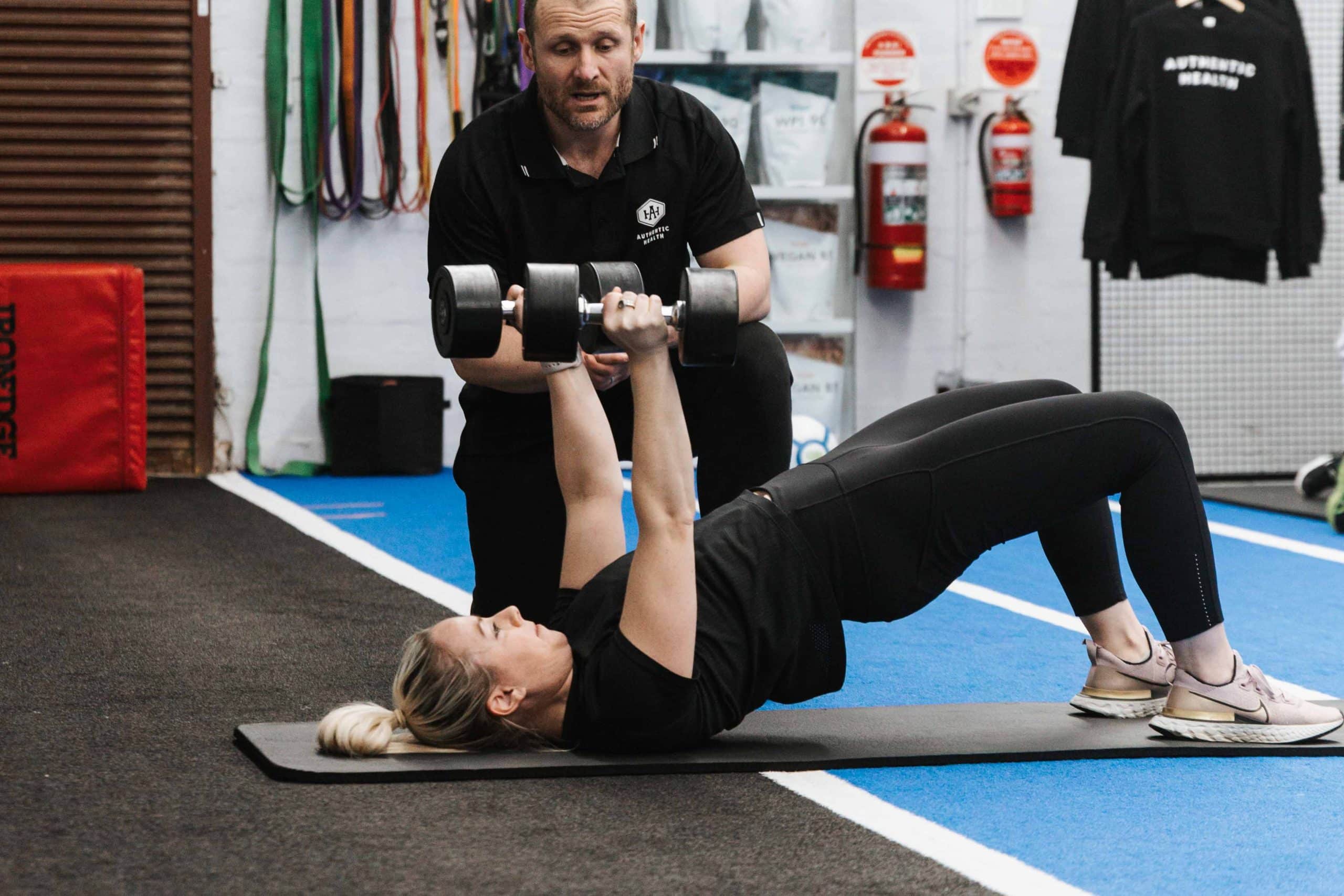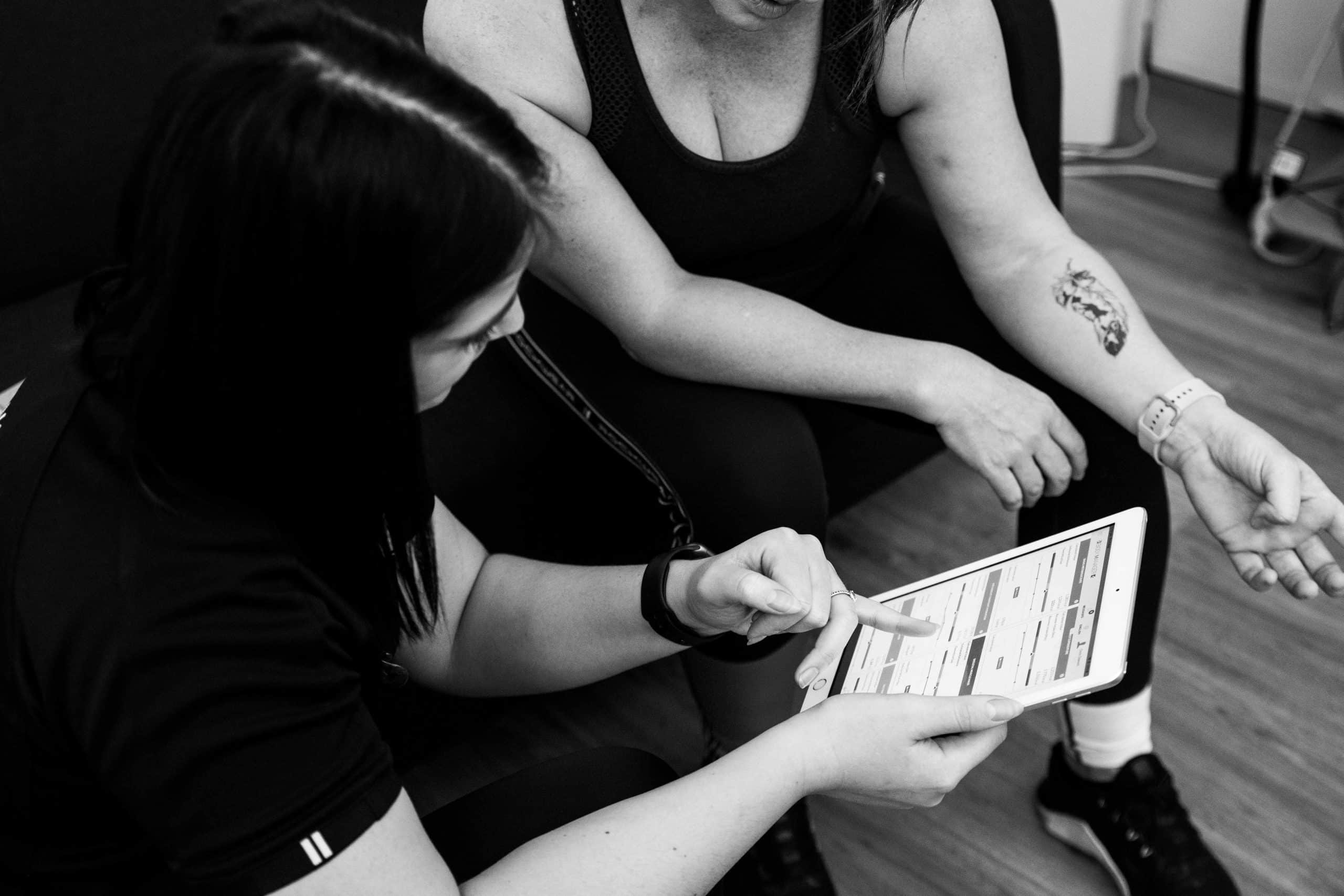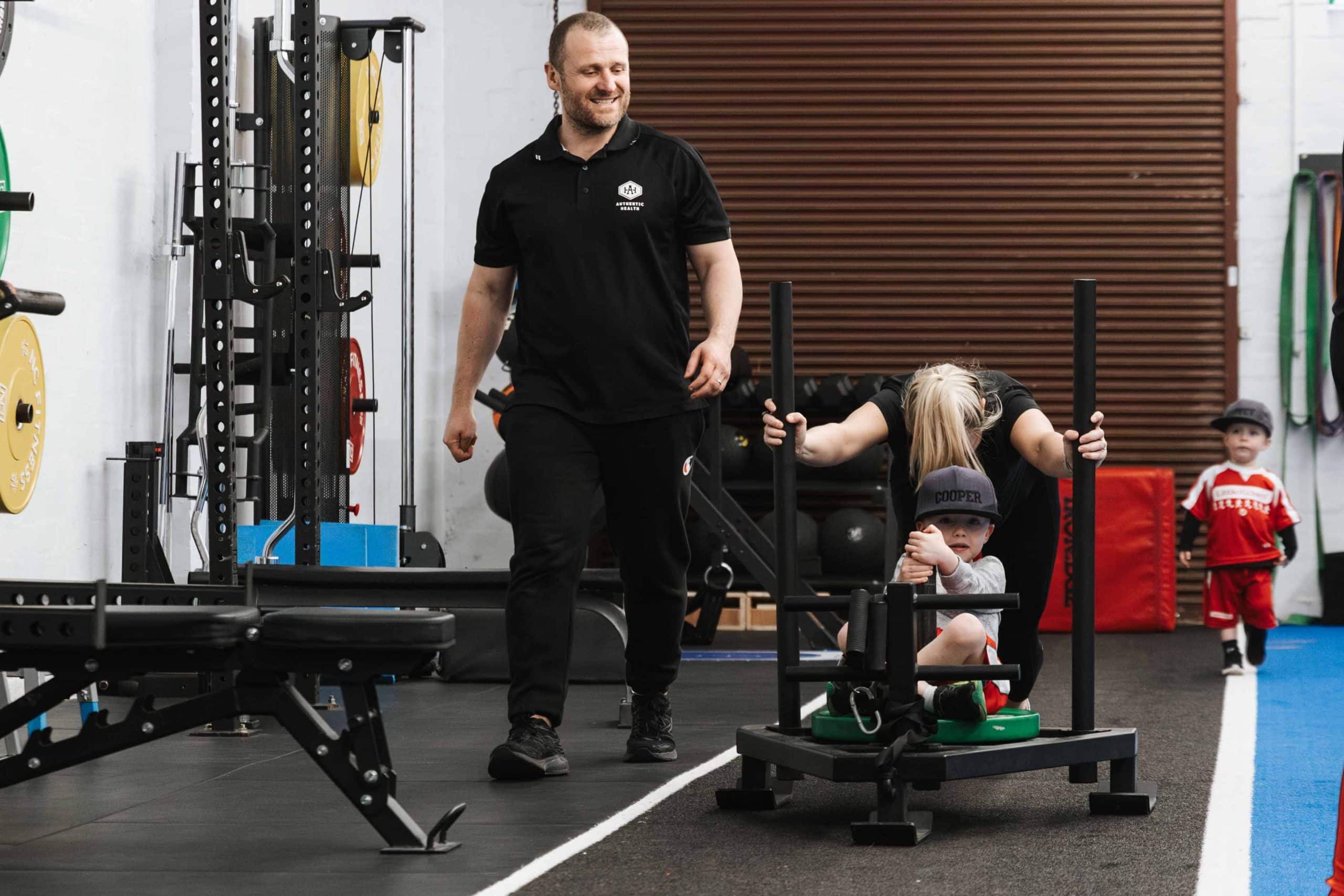Often people like to belong to one camp or the other; strength or cardio. Strength focused humans often speak of their disdain for any form of cardiovascular exercise (let alone running) and runners are less convinced, even scared, that performing strength training has any benefit for them. While this article isn’t here to convince you one way or another, we are currently in the midst of a very strange period with the COVID-19 pandemic where many of our usual modalities are not available due to the closure of gyms, pilates studios, and other fitness related businesses. This has led to a massive increase in the number of people getting outside for their fitness and running, which requires not a lot of thought and is seen as a great tool in order to achieve our fitness outcomes.
At Authentic Health Studio we have always been huge advocates for getting people doing the forms of exercise that firstly is efficient in helping them achieve their goal and secondly is a modality they love and enjoy. What we often find though, is that when people start any form of exercise there is a heightened risk of injury involved due to people’s bodies not being prepared, and running is no exception. Now this doesn’t mean that we need to give up on our ambition to run. After all running is a form of locomotion human beings have been performing for hundreds and hundreds of years. The issues with running have largely stemmed from the sedentary lifestyles we live in 2020. We spend large chunks of our day in seated positions that weaken muscles essential to running in particular our hamstrings, adductors, tensor fascia latae, and gluteal muscles. Strengthening these muscles, running at appropriate intensity and duration, choosing the right footwear, and preparing your joints for the impact of running is essential for longevity. Here are some of the choices we would be making to limit our chances of injury and thrive during this next period where running can be a great resource;
- Choose the right shoes for the task at hand: I recently had the pleasure of sitting down with the director of Melbourne Podiatry Clinic Andrew Maitland to discuss everything about the feet. One of the big takeaways especially for the general population was the importance of understanding we need different shoes for different exercises. Strength training and running have very different demands structurally and Andrew has done a great job here to give you tips on how to choose the right shoes for running.
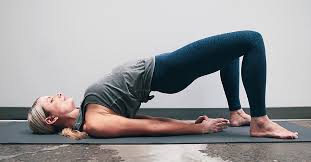
- Prepare to run part 1 – Strength Training: Preparation to run is the initial stage before running where you begin to ready your body for the rigours of running. Strength should always be built with two important foundations in mind, the first is having joints that are supposed to be mobile work to their optimal capacity and the second is being able to create stability in the areas that need that structural stability to perform. Without this it’s impossible for us to build the functional strength our body requires to withstand the rigours of running. This initial strength period is different for everybody with most people needing between 6-10 weeks. Here are some of our favourite running focused exercises you can do without a gym to build a stronger base.
Tip: Focus on eccentric loads in the initial stages of your training. For example with a lunge you could lower yourself over 3-4 seconds, stop for a second, then use strength and speed to push up.
**Please note all these exercises are bodyweight but can be utilised with great effectiveness with loaded variations.
- Prepare to run part 2 – introduce nasal breathing : One of the most common mistakes we see people make with their running that is linked to injury is that their running is far to anaerobic. Most of the times this comes down to the fact our cardiovascular system is not ready for the volume or intensity of the running we are doing. Running relies on the heart’s ability to pump oxygen to our working muscles and when the muscles are demanding oxygen that the heart is not able to supply the running becomes anaerobic, fatigue builds, and the risk of injury increases. We suggest at the earliest possible stage of strength training to introduce walking utilising nasal breathing, this helps us control the intensity of our walk and allows our body to become more tolerant of C02 which can help regulate, even reduce acid levels.
- Prepare to run part 3 – Add plyometrics: The second phase of ‘prep to run’ that we prescribe for running is the introduction of plyometric / landing drills. Running has a high impact on the musculoskeletal system due to the large number of repetitions we need to absorb unilaterally during the event of even a small run. As is the case with any training we want to prescribe the minimum amount of training to elicit change and then build from there in small increments. That might look like;
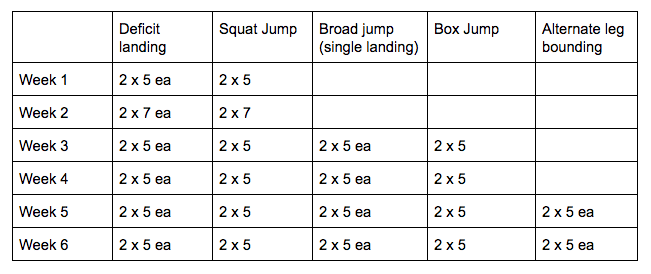
- Ready to run: Now that you are prepared and ready to run we don’t want to just walk out our front door and run 5km. This can increase our risk of injury so we like to use a method called tempo intervals, unlike high intensity intervals where you would sprint with tempo intervals we would jog at a about 60-70% (speed you be can hold a conversation) for a period of 10-15 seconds followed by a 60 seconds period of walking and over time reduce the walking to a point our runs are continuous. A first month might look something like this;
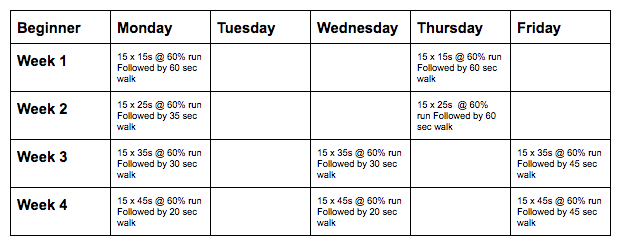
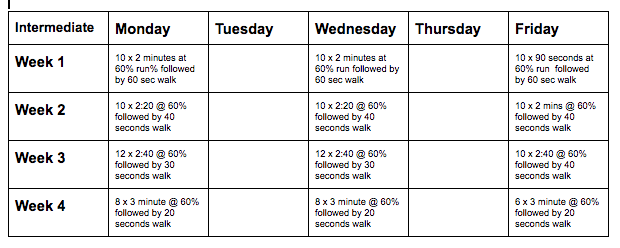
This program is only a recommendation, If you have had any previous history of injury we strongly recommend you get clearance from your physiotherapist or other allied therapist to partake in any type of physical training.
If you are starting out in the gym and want some guidance along the way you can do so by joining our mailing list, or following us on our socials (facebook, Instagram, and Youtube).
Yours In Health & Fitness,
Chris
How You Can Work With Us
Work with us privately – If you love to train alone, have a particular focus or goal you want to succeed with click HERE and put ‘Personal Training’ in the message line to learn more about working with an
Authentic Health Coach.
Work with us semi privately – If you understand you need a personalised plan, accountability to that plan and love being in a small team environment of 2-3 others who you will succeed with click HERE and put
‘Semi Private’ in the message line.
